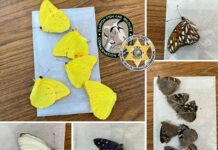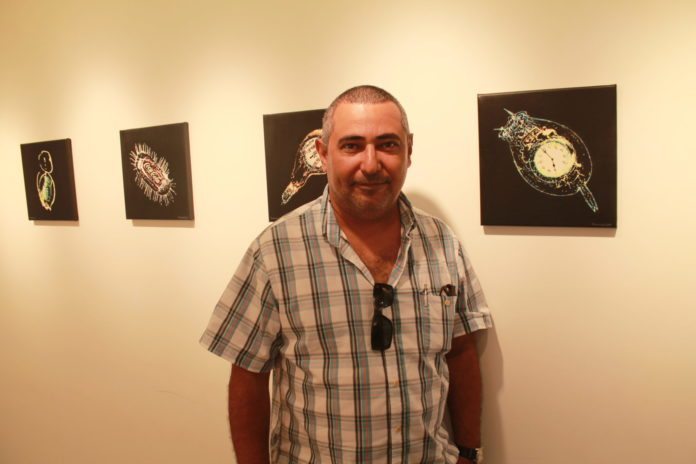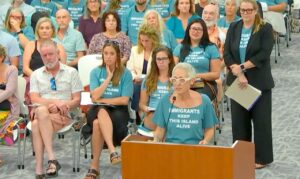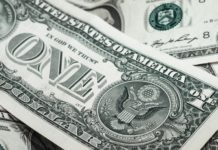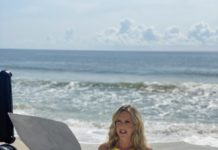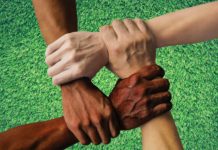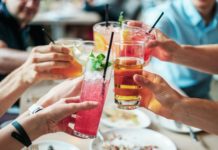Cuban artist’s latest exhibition features plankton
“Without plankton, life on this planet could not exist. They all are unique and beautiful,” said Reynerio Tomayo Fonseca in Spanish.
Tomayo, a Cuban artist, said work focuses on issues he feels are of importance to modern society. While browsing National Geographic one day, he said he read about “garbage patches,” colossal bodies of plastic garbage. Because phytoplankton and zooplankton consume the plastic, he explained, mankind is putting the entire planet in jeopardy.
“Plankton create oxygen on Earth and are the food source for many marine creatures,” he said.
In the artwork, Tomayo focuses on the splendor of each plankton: their magnificent shape outlined in neon, luminescent colors, each different like snowflakes. The microorganisms are serigraphed (silkscreened) in white with black backgrounds then Tomayo paints. Juxtaposed on the organisms are pieces of what he calls the best and worst of humanity — cameras, Facebook, razorblades and a clock symbolic of time (Tomayo’s favorite piece).
“Time is critical. We need to act now,” he said.
Other objects, such as a baseball are symbolic of good, togetherness and peace he said.
Tomayo said growing up in Cuba has influenced his work. He said the country has yet to embrace recycling on a wide scale.
Although his current series is dedicated to ocean preservation, Tomayo explores other subjects as well. “Gangsters in Havana,” is dedicated to the years Havana was ruled by the mafia, focusing on mob bosses like Meyer Lansky. Other series include “La Tierra Comprometida” which was on display at the Havana Gallery, 2011 and “Arte Cubano, San Juan,” Museo de Las Américas, Viejo San Juan, PR. 2002.
Tomayo’s artwork is on display and for sale at the Gallery on Greene and at The Studios of Key West on Eaton Street.
——-
While most plastics are non-biodegradable, said Richard Thompson, a senior marine ecology lecturer at the University of Plymouth, the action of waves and the elements work to break plastic objects down. Another possibility, recently shown by researchers in Japan, is that when plastics are floating in the seas, they will accumulate and absorb toxic chemicals that are present from other sources. These are hydrophobic chemicals that hate to be in water and cling to plastic as an alternative. These chemicals may then be transported to organisms that eat the plastic.
Such toxic chemicals include PCBs (polychlorinated biphenyls) and DDE (dichlorodiphenyldichloroethylene), which are derived from pesticides and other manmade substances. These agents are known endocrine disruptors—chemicals that interfere with the reproductive, developmental, and immune systems of animals.
—Nationalgeographic.com








